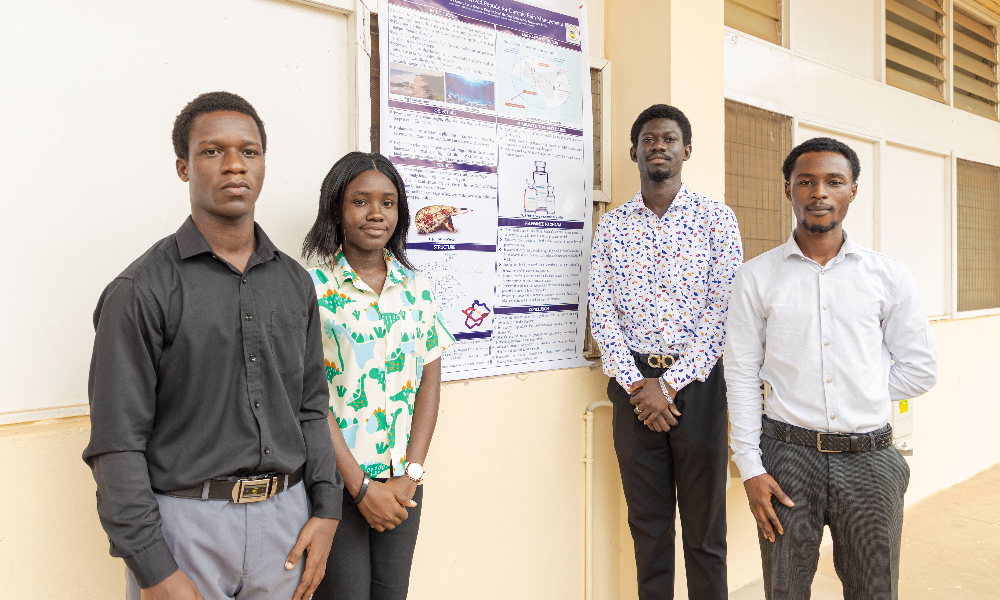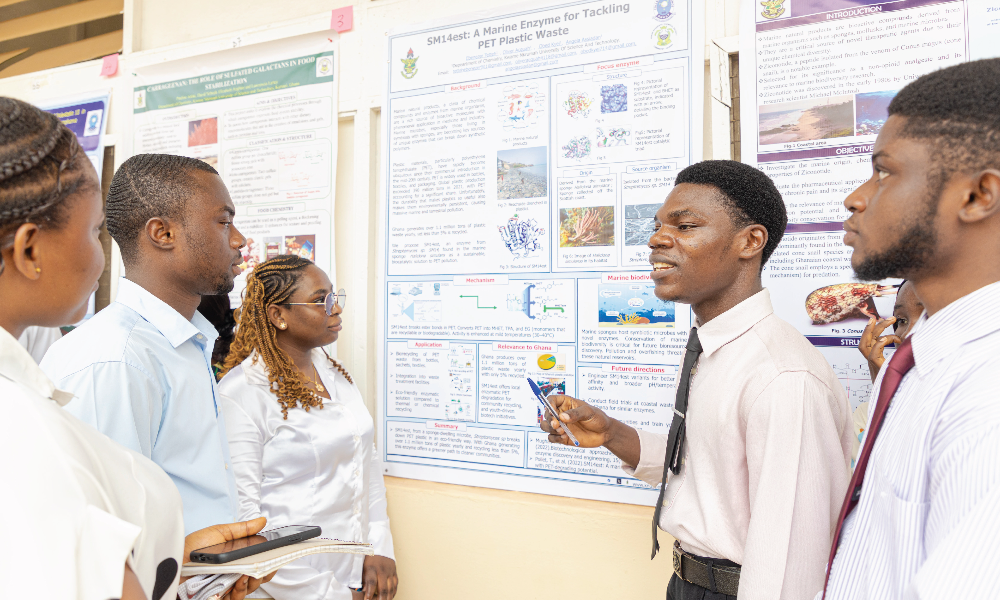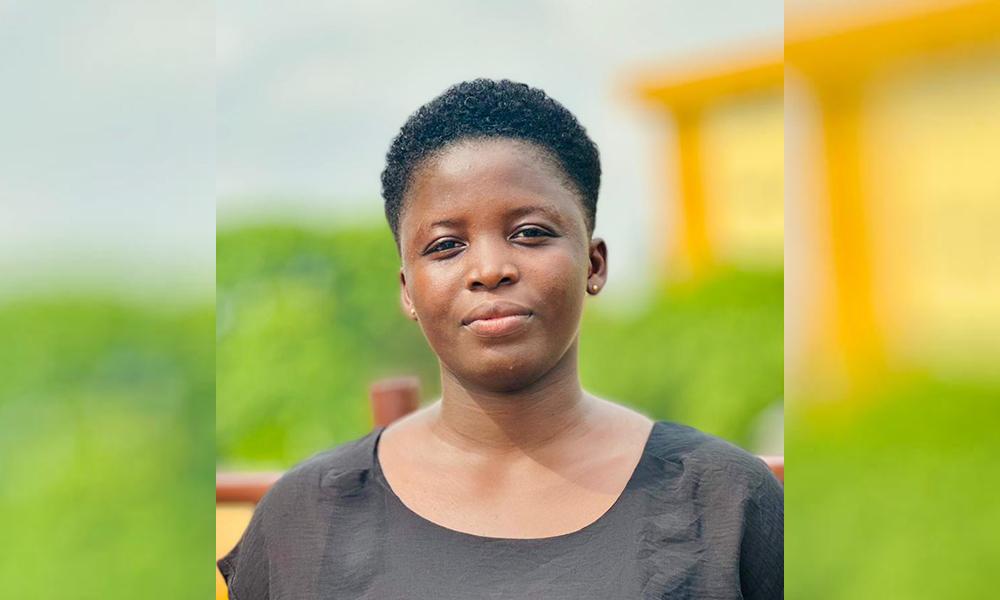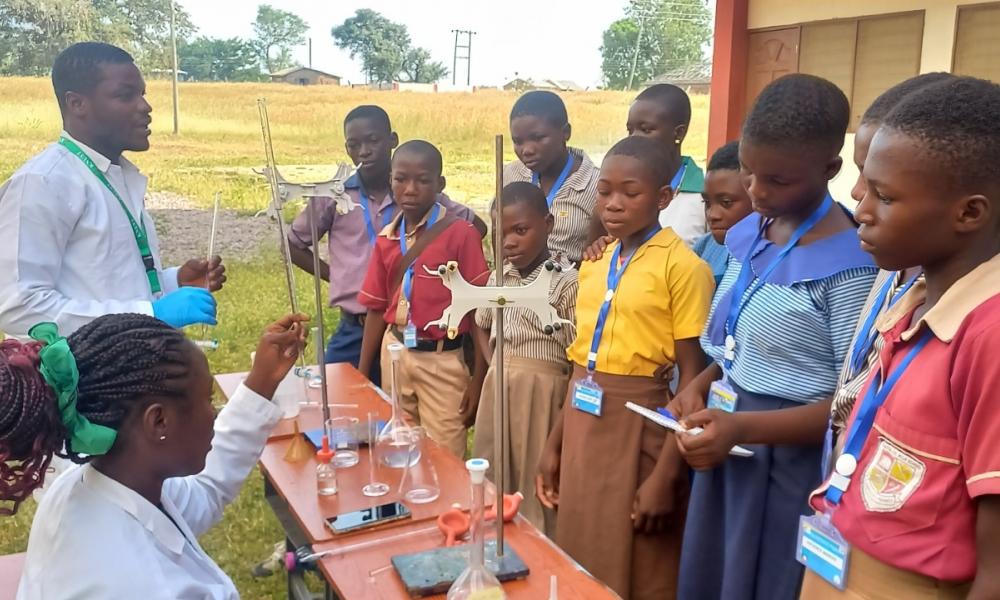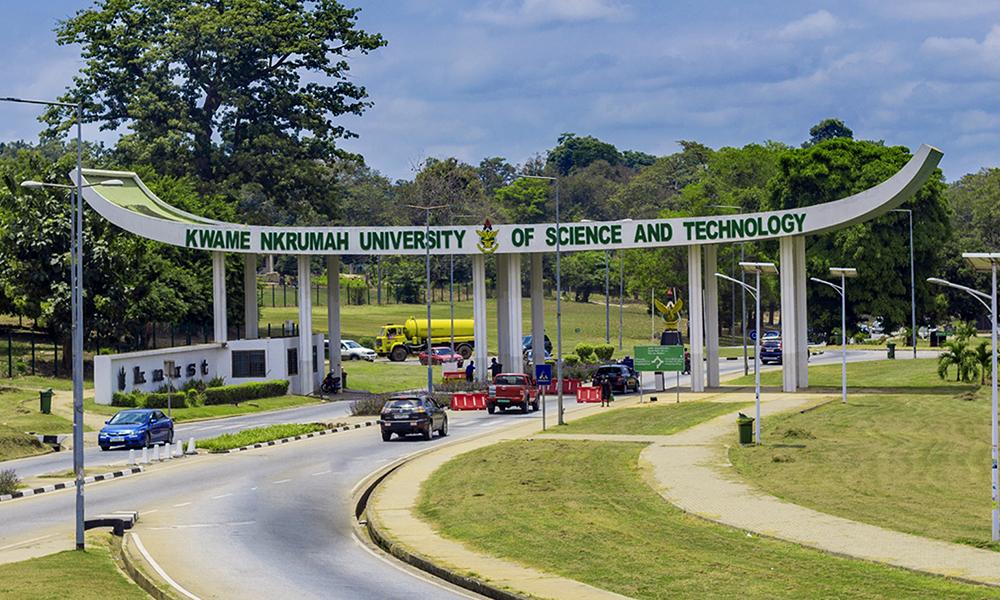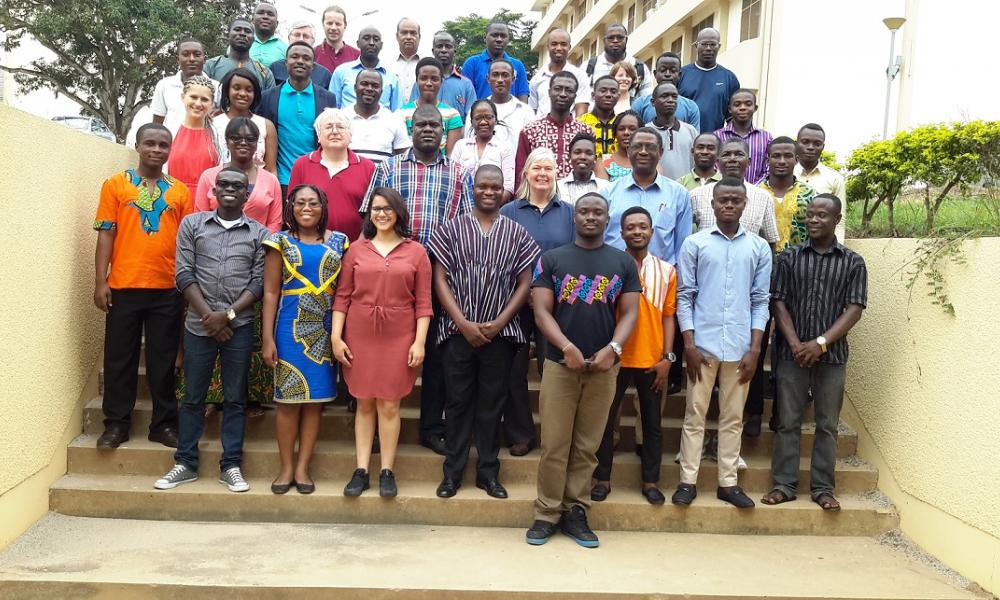Sea Snail Compound Offers Hope for Non-Addictive Pain Treatment
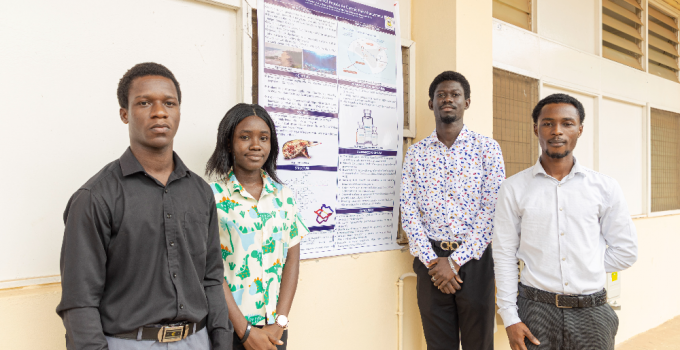
A team of final-year Chemistry students is exploring sea snails to manage chronic pain without the risks of addiction.
As part of their Marine-Derived Natural Products course, facilitated by Professor Lawrence Borquaye Sheringham, the students have been studying Ziconotide, a compound isolated from the venom of the Conus magus sea snail.
This venom, though deadly to prey, contains a unique peptide that can block pain signals in humans, offering a safer alternative to opioids.
The snail species is native to the Indo-Pacific, but close relatives have been identified in the Gulf of Guinea, including Ghana’s coastal waters, making the research locally relevant.
The student team: Aboagye Afia Clarice, Asare Damtse Eugene, Kyei Baffour Emmanuel, and Taya Jean Felix, focused on the compound’s origin, chemistry, and clinical potential.
Ziconotide is already being used in the United States to treat severe pain in cancer and HIV patients who do not respond to standard medication.
Beyond its medical potential, the group says the project shines a light on Ghana’s untapped marine biodiversity and its role in scientific discovery and drug development.
Ghana’s coastline remains rich but vulnerable. The students believe that marine research can help link environmental conservation with health innovation, especially in areas such as biotechnology and pharmaceutical production.
Their findings support broader efforts to integrate ocean science into national development goals. They are calling for increased funding, public awareness, and stronger cross-sector collaboration.
The team hopes their work will inspire greater interest in marine-based solutions to modern health challenges and help position Ghana as a future hub for sustainable drug discovery.
Professor Lawrence Borquaye Sheringham noted, “The key component of this course is to see the relevance to Ghana. We want to look at our setting; how can we apply all this interesting and complex science and take advantage of it in our own context?”
